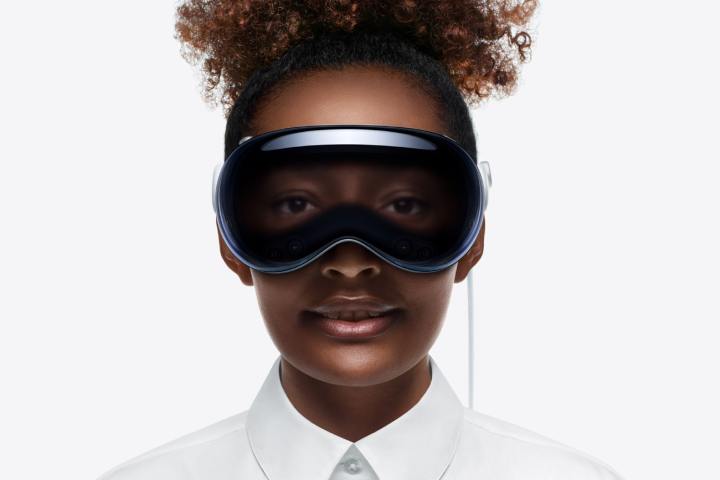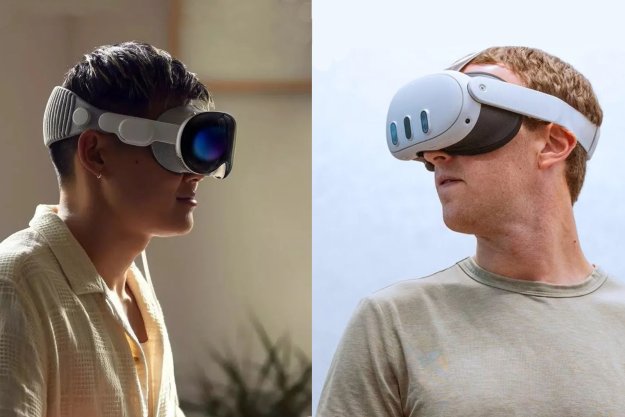
As Apple makes final preparations for the release of the Vision Pro on February 2, more details have been emerging about how the company plans to present the mixed-reality headset to people visiting its retail stores.
With the Vision Pro being the most important product release for Apple since the launch of the Apple Watch nearly a decade ago, the tech giant is leaving nothing to chance. Staff at Apple Stores in the U.S., where the Vision Pro will launch first, have been given special training on how to give shoppers the best possible experience with the headset right from the off.
While store visitors can handle the Vision Pro at display tables, people are encouraged to book a one-on-one demonstration of the device where they can wear it and experience a run-through of its capabilities, according to oft-reliable Apple tipster Mark Gurman.
In his most recent Vision On newsletter shared on Sunday, Gurman claimed that around 50 of Apple’s largest U.S. stores will get a cozy new seating area for the demo sessions in a bid to replicate a home setting, in other words, the typical environment where the Vision Pro will most likely be used. “The setup will include a pair of crescent-shaped benches with faux leather that let several customers sit down and try the device at once,” he said, adding that there will “even be carpet on the floor to mimic a living room.”
In stores where Apple opts for a simpler setup, the demo session will probably take place at a dedicated table with seating.
In a message on social media posted after the publication of his newsletter, Gurman revealed more details about the expected sales process.
He said that customers who order the Vision Pro online and then come to the store to collect it will have three choices: to either take the device and leave, go through the in-store demo, or do a one-on-one setup process with an employee to confirm the size and fit that was specified at the time of order.
If a customer gets home and sets up their new Vision Pro headset only to find that it doesn’t fit, they can head back to the store to resolve the issue.
Gurman describes the packaging for the Vision Pro as “giant — like about the size of two Mac Studio boxes or a large shoe box,” adding that buyers will be offered a commemorative shopping bag, similar to how the original iPhone was offered in 2007.
Notably, some stores are “anticipating little-to-no day-one availability for non-preorders.” Gurman claimed that Apple’s initial inventory for launch weekend is about 80,000 units, which it “sold out in the first hour of preorders” on Friday.
The Vision Pro costs $3,499 for the basic package, though it’s possible to spend as much as $4,547 on it.
Editors' Recommendations
- The Vision Pro is already in trouble. Here’s how Apple can turn the tide
- How to try out the Vision Pro headset yourself
- Vision Pro 2: everything we expect from the future of Apple’s headsets
- Apple’s next Pencil may work with the Vision Pro headset
- Does the Apple Vision Pro come with a battery?


